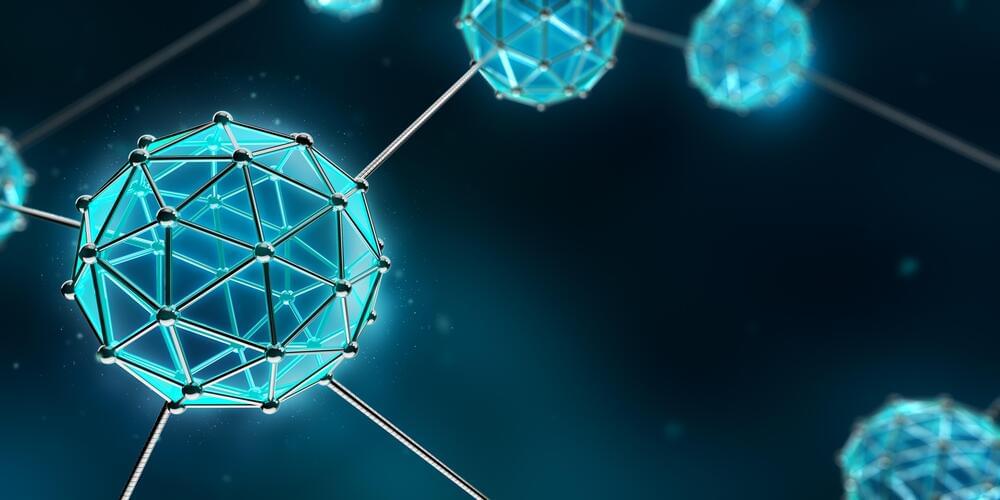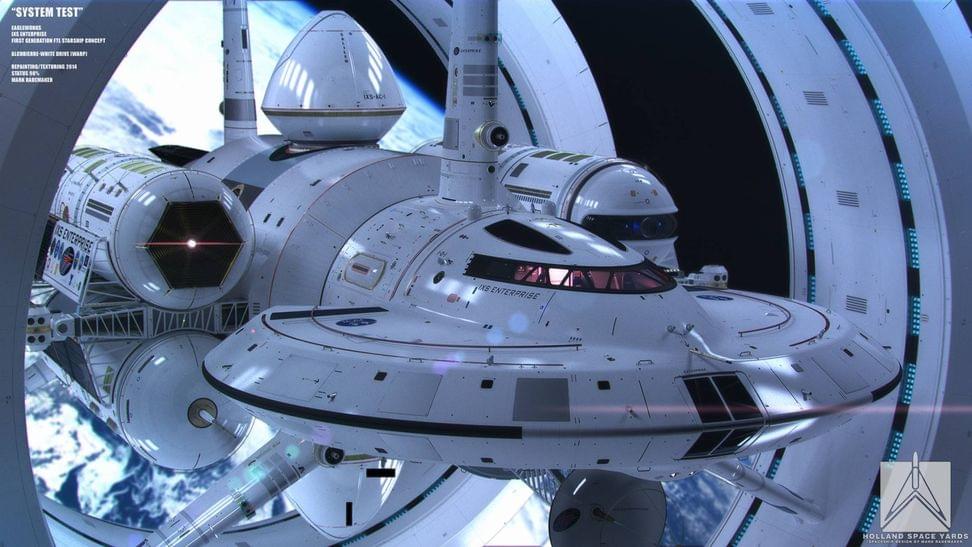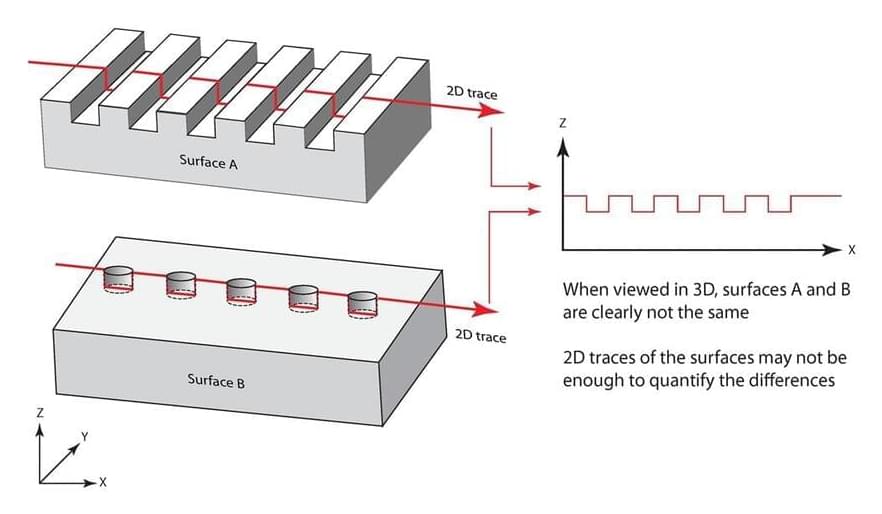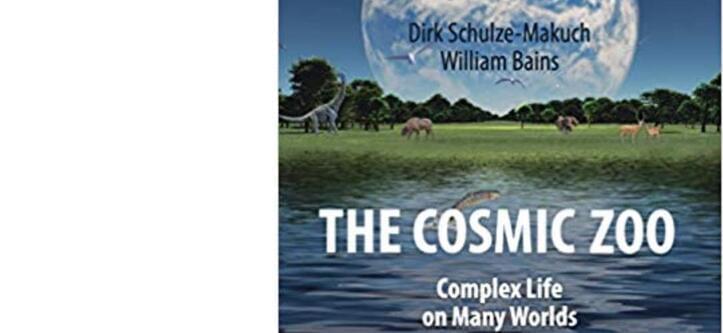
Category: futurism – Page 675


Hackers steal WhatsApp accounts using call forwarding trick
There’s a trick that allows attackers to hijack a victim’s WhatsApp account and gain access to personal messages and contact list.
The method relies on the mobile carriers’ automated service to forward calls to a different phone number, and WhatsApp’s option to send a one-time password (OTP) verification code via voice call.
FreeWire Shows Us How To Solve US Rural Charging Challenges
I recently came across a company called FreeWire on social media, and it looks like they have a pretty good solution to something that keeps rural charging stations from happening in the United States. Before I get to how the company is doing this, let’s take a look at the problem first, so we can fully appreciate its solution.
Why We Aren’t Seeing Too Many Rural Charging Stations In The US
No matter where you’re putting in a charging station, one of the biggest costs will be dealing with the power company. Of course, you’re going to buy electricity to power a charging station. That’s a given. But, if you take a closer look at your electric company’s rates, you’ll see that there are residential and commercial rates, and that the commercial rates include something called Demand Charges. This is charged by the kilowatt, and not the kilowatt-hour.



Over 3.6 million MySQL servers found exposed on the Internet
Over 3.6 million MySQL servers are publicly exposed on the Internet and responding to queries, making them an attractive target to hackers and extortionists.
Of these accessible MySQL servers, 2.3 million are connected over IPv4, with 1.3 million devices over IPv6.
While it is common for web services and applications to connect to remote databases, these instances should be locked down so only authorized devices can connect to them.


When Manufacturers Should Use 3D Measurement for Surface Finishing
Two-dimensional surface profiling systems are excellent for measuring surface finish under certain conditions, but three-dimensional measurement systems offer more robust data. Photo Credit: George Schuetz.
“In the beginning,” as some might say, an experienced machinist would use a scratch pad and an educated fingernail to determine the surface quality of a part. Then, in the 1940s, the first series of electronic surface finish gages were developed. Today, machinists and quality labs have surface finish standards and parameters and a variety of gages to measure surfaces.
There are two basic varieties of surface finish gage: skid-type, or averaging systems and skidless, or profiling systems. Skidded gages have a hinged probe assembly, with the probe riding next to a relatively broad skid that also contacts the workpiece. The skid tends to filter out waviness, so the probe measures only short-wavelength variations. A skidded gage usually has a dial or LCD readout to display the measurement as a single numerical value.

